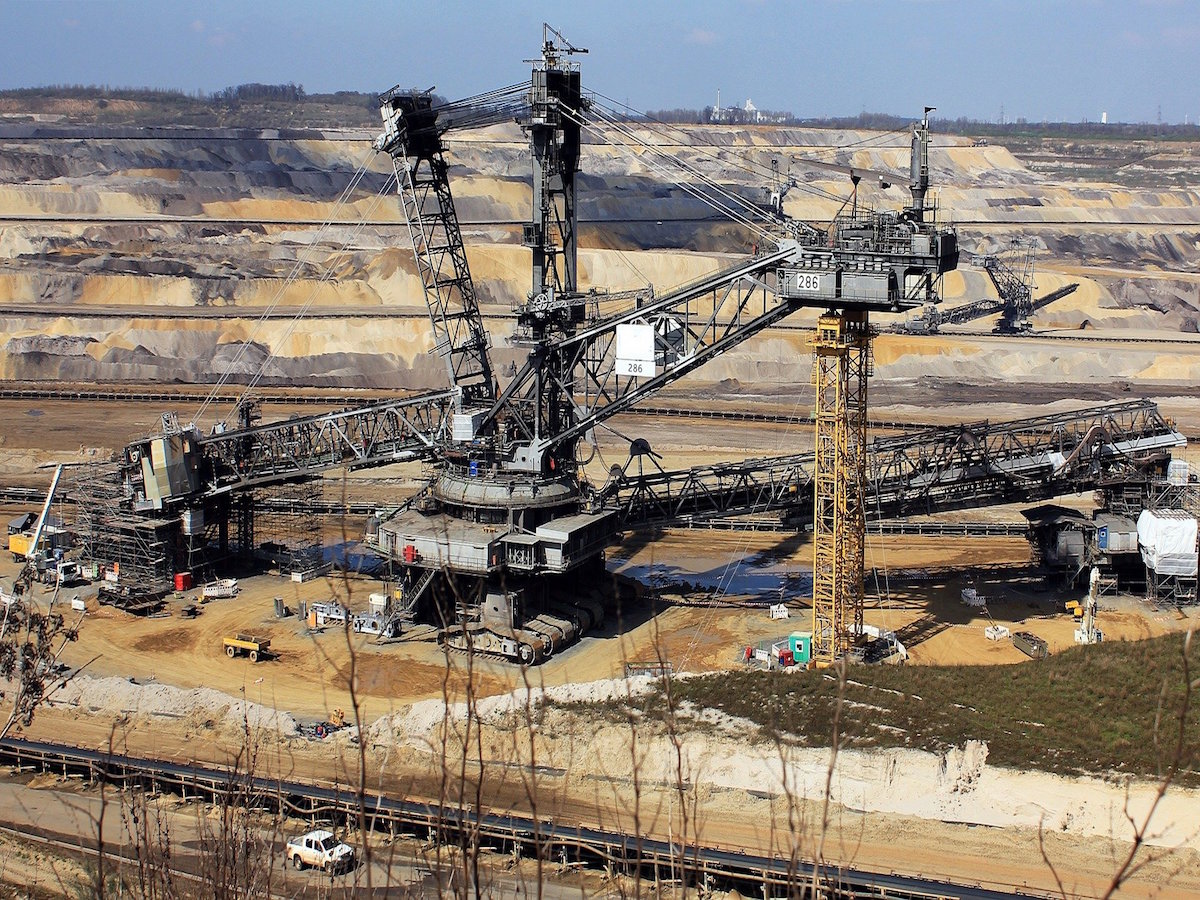There has been much debate about a new commodity supercycle, with evidence suggesting it indeed has arrived, says Andrew Holt.
A great deal of coverage is being focused on a new commodity supercycle. This narrative has been picking up pace for some time. It is hardly surprising, as evidence suggests that we are close to, if not at the beginning of, such a supercycle.
The first piece of evidence is the strong rally in commodity markets: the Bloomberg Commodity index has reached levels not seen since 2015 – gaining 8% in April alone and 15% this year. The S&P GSCI spot index, which tracks price movements for 24 raw materials, is up 24% this year.
Iron ore, the main ingredient needed to make steel and palladium – the latter used by carmakers to limit harmful emissions – and timber, all hit record highs. And key agricultural commodities including grain, oilseeds, sugar and dairy have also seen impressive jumps.
Not forgetting copper, the world’s most important industrial metal, traded above $10,000 for the first time since 2011, while soyabeans hit an eight-year high.
In addition, assisted by rising raw material prices, mining behemoths Anglo American, BHP, Glencore and Rio Tinto are set to record results this year, surpassing, it has been noted, the profits made during the last commodity bull market a decade ago.
As the last time commodity prices traded at such levels was 10 years ago when supercycle enthusiasm was reaching dizzy heights. Then, as now, the world was in recovery mode – from the global financial crisis.
Supercycle territory
The greater re-opening of economies also bodes well for the supercycle via greater energy usage. This could well drive the price of commodity ETFs and shares in energy and miners higher still, with some predicting “commodities rallying another 13.5% in the next six months”. This would most definitely be in strong supercycle territory.
We have already seen a soaring demand for oil, lumber, food crops and industrial metals such as copper and iron ore, which shows no sign of slowing, with resilient economic growth in the US and China leading to considerable demand for commodities.
Investors following commodity baskets and inflation indexed bonds through exchange traded funds are likely to be in a good place – as are investors who have benefited from a one-third rise in the S&P 500 energy sector this year.
Commodities also have support from investors seeking so-called ‘real’ assets that tend to appreciate when inflation becomes a bigger risk in portfolios. There is now constant suspicion about inflationary pressure due to the current mixture of extremely loose fiscal and monetary policies. And in this context, the US Fed has been unyielding that its policy and approach will remain loose for some time.
Sensing this supercycle shift, UK-based pension funds are ramping up their exposure to precious and industrial metals in the belief that a commodity supercycle is underway, according to one survey.
Sceptical supercycle
There are at the same time reasons to be cited that present a more sceptical outline of the supercycle narrative. For example, at current prices, the value of BHP, is just 3.5 times its forecast earnings before interest, tax, depreciation and amortisation this year, according to estimates from UBS.
This is also true of its competitors. Rio trades on a multiple of 3 times, Anglo 3.6 and Glencore under 3. Putting these numbers in perspective, they are sharply lower than the multiple of just under 10 times for the MSCI Europe companies.
There is another sceptical dimension: mining comes with unique environmental, social and governance (ESG) risks, which may make investors cautious. Yet can this stand up as being a genuinely contentious issue? As the big mining groups have expressed their reluctance to invest in fossil fuels and other controversial ESG-related sensitive issues.
It is also why some analysts have said this commodity supercycle will be quite different: driven by a green narrative. Another sceptical scenario suggests that once the supply disruptions abate, the commodity rally may fade, and with it, expectations for a commodity supercycle.
Different this time
Looking at what happened 10 years ago, it proved pretty much the top of the cycle: The LME Metals index subsequently slumped 50% during the next five years and the market capitalisation of London’s five largest listed miners fell 75%.
Some investors, affected by this experience, may question the sustainability of the current commodity picture and outlook.
There are, however, solid reasons for believing things are different this time. When commodity markets fell post 2011, the cycle was already mature, with a big supercycle driver – China’s rapid industrialisation – already well established.
In comparison, this cycle is still very much in its infancy. And another major difference is the global recovery programmes governments across the globe are implementing are significantly more commodity focused than was the case after the financial crisis




